Masozi
Geography
Monumental Rock Formations
Scattered throughout the desert are towering, sculpted rock formations. These monolithic structures rise abruptly from the sand, reaching hundreds of feet into the air. They take on bizarre and alien shapes, including pillars, jagged spires, and rounded, mushroom-like caps. Some of these formations are covered in intricate carvings, hieroglyphs, or runic symbols, hinting at a forgotten civilization or lost magical practices.
In places, entire "cities" of stone spires exist, where the rock formations appear to have once been interconnected in a complex, forgotten urban network. These towering citadels are now only ruins, filled with treacherous paths, narrow corridors, and steep drop-offs. The wind whips through these cliffs, creating an eerie, hollow sound that seems to echo the ghostly memory of whatever once lived here.
Windswept Canyons
Masozi’s geography is also marked by deep canyons and ravines carved over millennia by relentless winds and rare, sporadic rainfall. These canyons are narrow and winding, with high cliffs that offer dizzying views of the arid terrain below.
The walls of the canyons are often streaked with mineral deposits, creating veins of vibrant colors that stand out starkly against the sandy backdrop—blues, purples, reds, and yellows. These ravines lead into underground caverns or hidden oasis-like depressions, where life can still cling to existence, albeit in precarious and dangerous forms.
Pools of Natron
Scattered throughout Masozi are eerie, mineral-rich pools, reminiscent of Lake Natron, though the waters are often too toxic to approach. The pools appear as vast, still surfaces, often reflecting the blue sky above but with a slight reddish tint due to the minerals in the water. These pools are surrounded by hard, crystalline salts, which build up around the edges like delicate glass formations.
Cliffs
Fairy Circles
Ecosystem
The animals of the desert rely on camouflage to survive. Camouflage is used by both predators, to help them get a drop on their prey, and prey, to help them hide from predators.
Animals that can burrow do so both as a means of hiding and as a means of staying cool, as the sand below the surface is not as hot. Some have large ears to help dissipate the heat, others have a special layer of fur that keeps them cool. Sand deer hooves give them complete protection from the scorching heat of the sand.
Predators mostly get their water from the blood of their prey. Sand hares have a knack for finding natural sources of water, especially underground, and this is often exploited by the fox cat, who, when thirsty, will look for sand hare burrows as a means of finding water. Some local cacti, such as the bubble cactus, also contain water. For the sand deer, this is the safest way to get food and water naturally.
Climate
Diurnal Overload
Although Masozi lies just outside the Luminous Expanse proper, the sun remains fixed high in its sky. However, the region's elevation and mountainous terrain mean that deep canyons and jagged formations can shield areas in intermittent shadow, creating thermal diversity even within short distances.
Desert-Mountain Interface
Cool, dry air from higher twilight elevations descends the slopes and heats via compression, creating strong foehn-like winds (similar to Earth's Santa Ana or Chinook winds) that scour the surface and heat lower altitudes. These are known locally as "dragonfall winds" for their strength and the roaring sound they make passing through the rock spires.
Thermal Updrafts & Turbulence
- The sun striking Masozi’s mineral surfaces creates powerful convection currents, with hot air rushing upward through chimneys and fissures in the rock cities.
- These updrafts often generate dry lightning storms, especially where they collide with cooler descending air from or Cecchi.
- The storms tend to be localized and violent — sudden bursts of thunder, strobe-like lightning, but little to no rain.
Storm Shadow Effect
The mountains trap moisture, making Masozi intensely dry, but just enough to allow cloud buildup on windward faces. These clouds rarely precipitate but sometimes create eerie noctilucent mirages, glowing faintly in the upper atmosphere.
Salt and Natron Winds
- During high wind episodes, strong gusts can pick up mineral dust from dried-up natron pools and salt flats, carrying corrosive particles through canyons and across rock formations.
- These events produce shimmering, glassy airborne veils that etch delicate patterns into exposed stone — considered a natural form of inscription by some locals.
- Contact with this dust can cause skin irritation, eye pain, and slow damage to metal tools unless carefully treated.
Whispering Spires
Masozi’s towering rock cities resonate and channel wind, creating hollow, musical tones when strong gusts pass through narrow formations.
Lightning Chasms
In storm season (typically during Long Moon waning, when atmospheric tension is greatest), the deep mineral canyons of Masozi become highly charged. The electrically conductive mineral veins can trigger ground-to-sky lightning — inverted strikes seen only in rare desert systems.
Canyon Fogs
On rare cool-air nights, especially after minor precipitation, narrow canyons trap humid air from below, forming low-lying chemical fogs. These glowing vapors can interact with the natron-rich pools, creating phosphorescent mistbanks. They're visually stunning but potentially toxic to inhale for long periods.
Moon Influence
- Short Moon Cycles: Typically cause increased surface turbulence, shifting pressure between canyon systems.
- Long Moon Alignments: Correspond to storm-laced skyfire seasons, when atmospheric friction and magnetic interference spike, fueling electrified cloud systems.
Regional Weather Variation
Lower Masozi (Desert Floor)
- Scorching, dry, prone to sand-laced windstorms and flash lightning.
- Natron pools intensify heat reflection, creating illusionary heat mirages and false horizons.
Central Masozi (Rock Cities & Plateaus)
- High wind activity; hollow gusts create eerie howls.
- More varied temperature due to shadow interplay.
- Occasional cloud entrapment near summit areas.
Upper Slopes (Mountain Interface)
- Cooler and more turbulent.
- Sites of thunderhead formation where air masses collide.
- Scree falls triggered by wind-sculpted erosion or minor quakes.
Natural Resources
- Sand deer and sand hare are hunted for thier meat.
- The wool of the sand hare is used in clothing and bedding.
- The sand scorpion's venom is harvested and sold by those who know how.
History
There are old ruins in the Masozi, Meda and Simek regions that indicate that an ancient civilisation once lived here. However, little remains about this civilisation and historians know harldy anything about it.
More recently, a group of gnomes from The Gnomelands landed thier first successful airship at the Masozi Landing Site. Since then, gnomelanders and interested humans from nearby areas have built houses and other buildings in the area (such as the Masozian Monk Academy), though there are no specific settlements or geopolitical locations yet.
Tourism
Most of the locations in Masozi are private (houses, manufactories, private offices) and so there is very little tourism in Masozi. Those that do visit the area do so to see the unique architecture, both of the ancient ruins and modern buildings, to try their luck at breaking into the maze to see what The Centre of Gnomish Technological Advancements might be doing in there, or to visit the Masozi Landing Site to hire an airship to visit The Gnomelands.
There is only one place to stay in Masozi, if you do not have friends to stay with and do not wish to sleep out in the desert, and so almost everyone who passes through Masozi stops at The Inn at Masozi to eat, drink and rest.


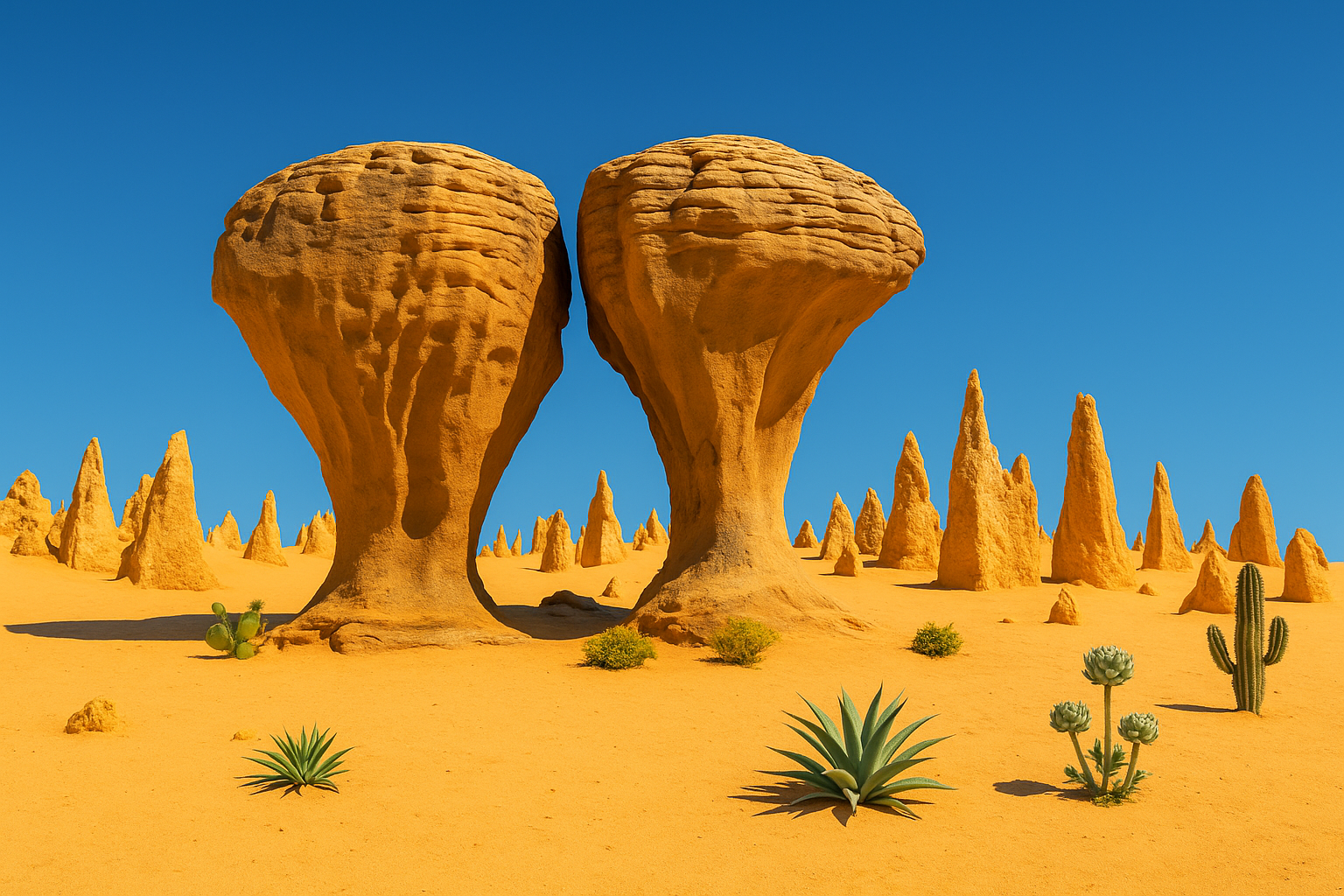
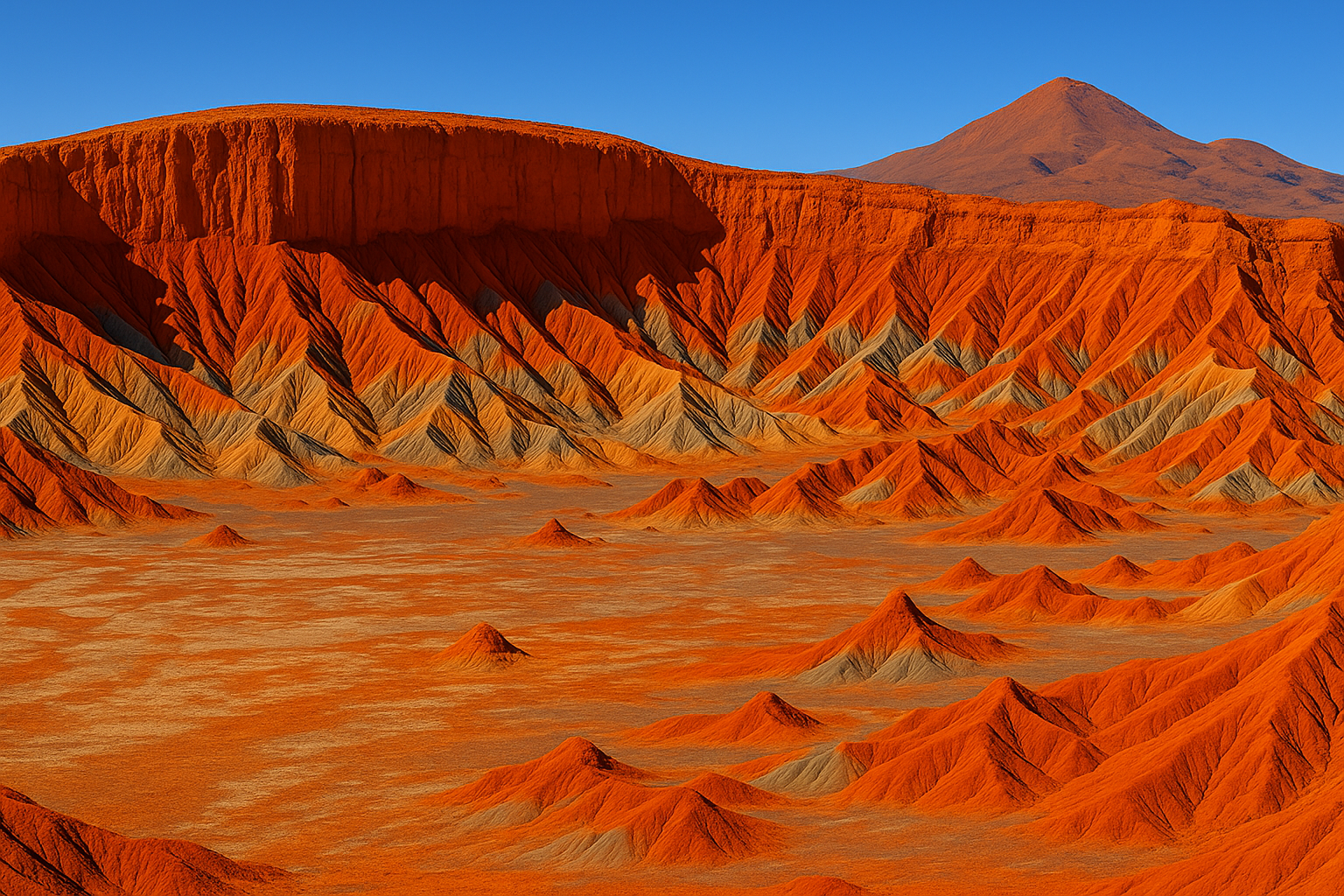
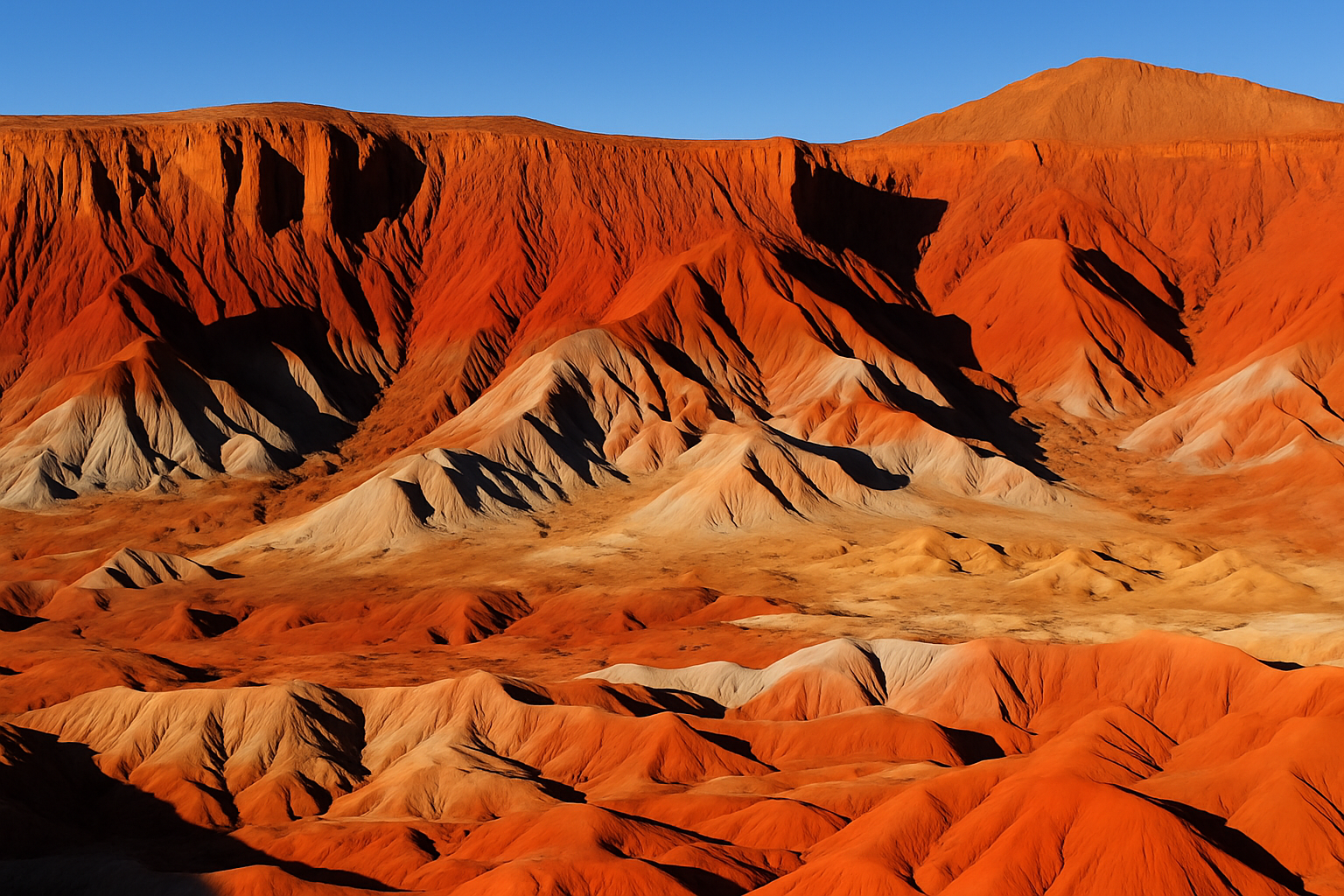
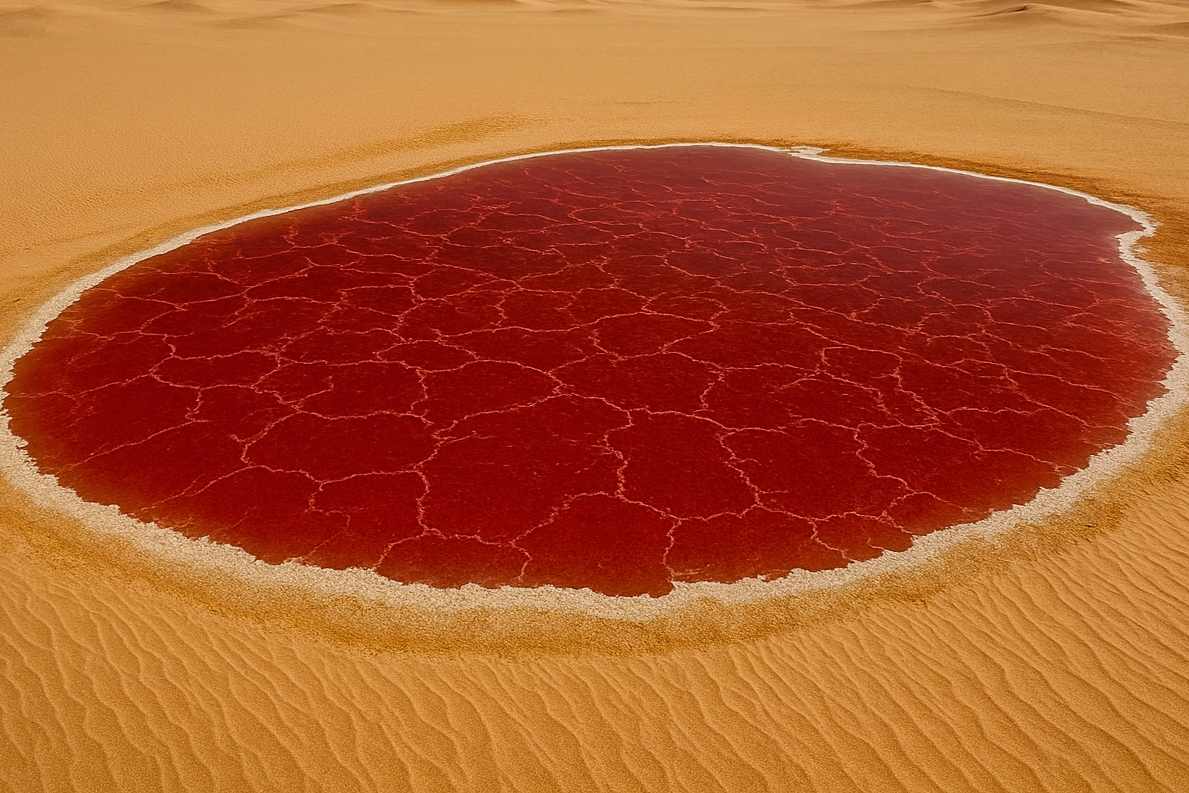

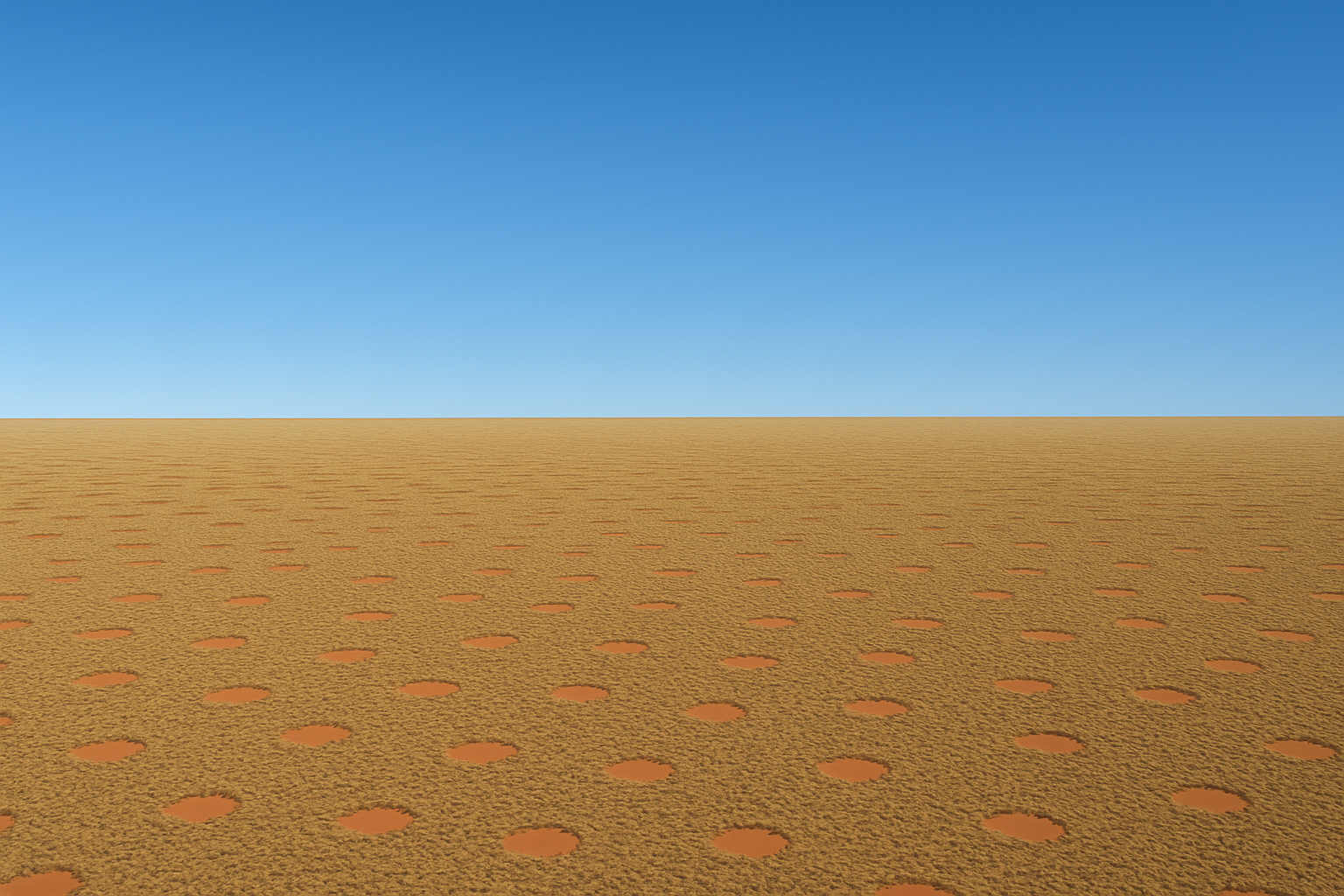
























Comments